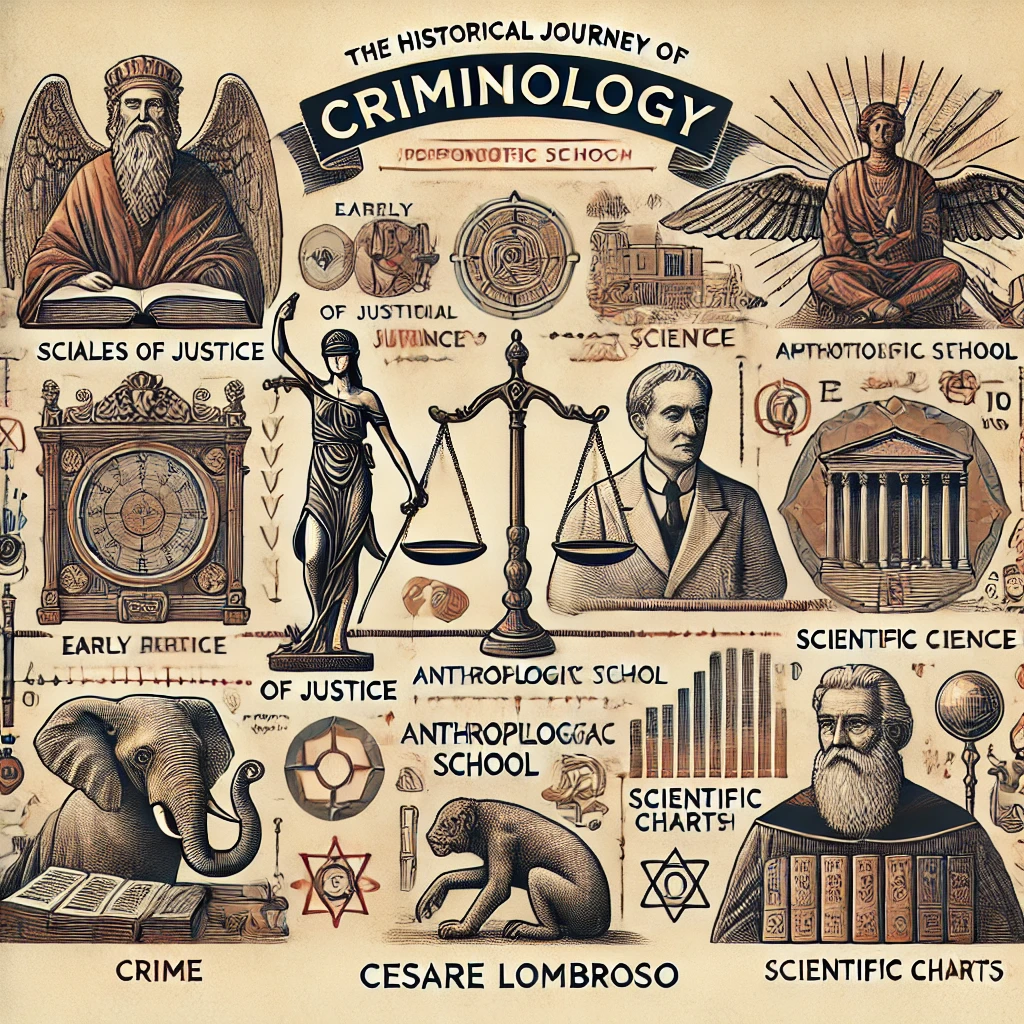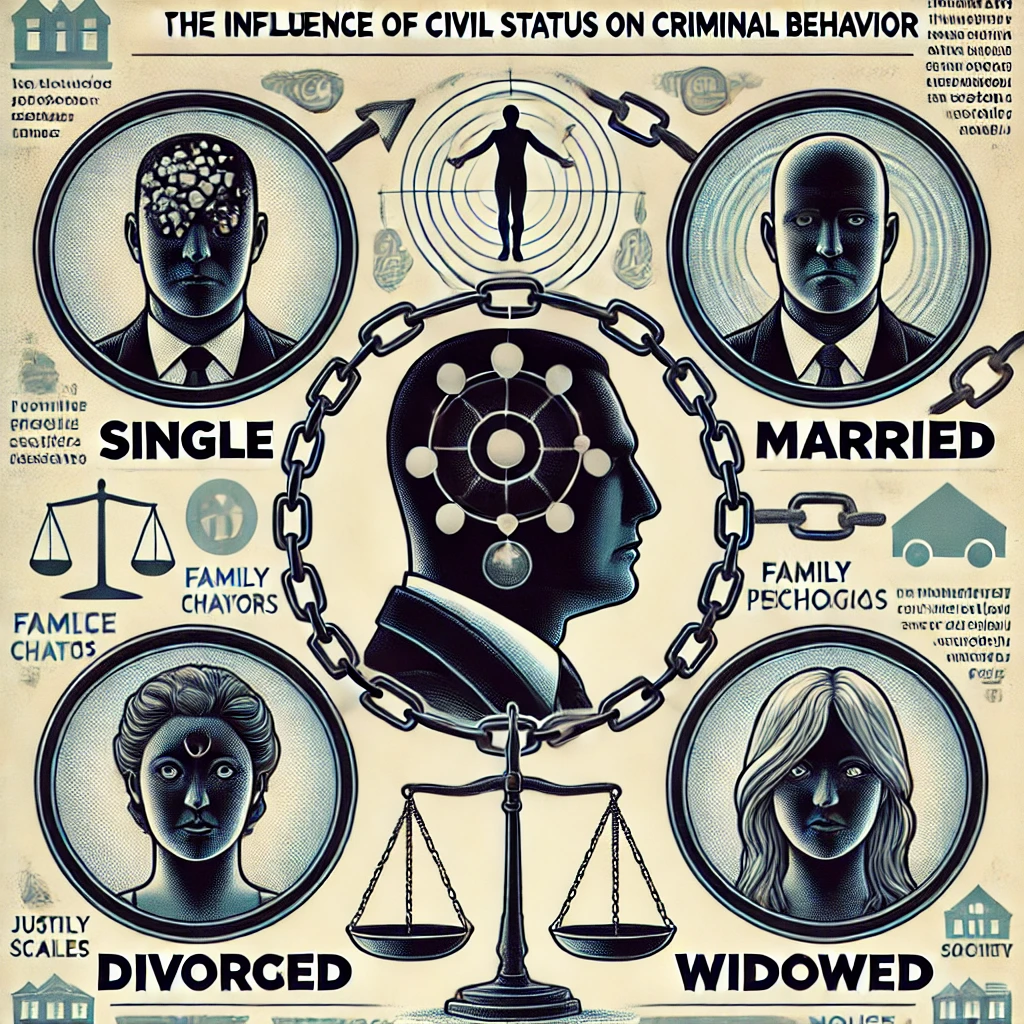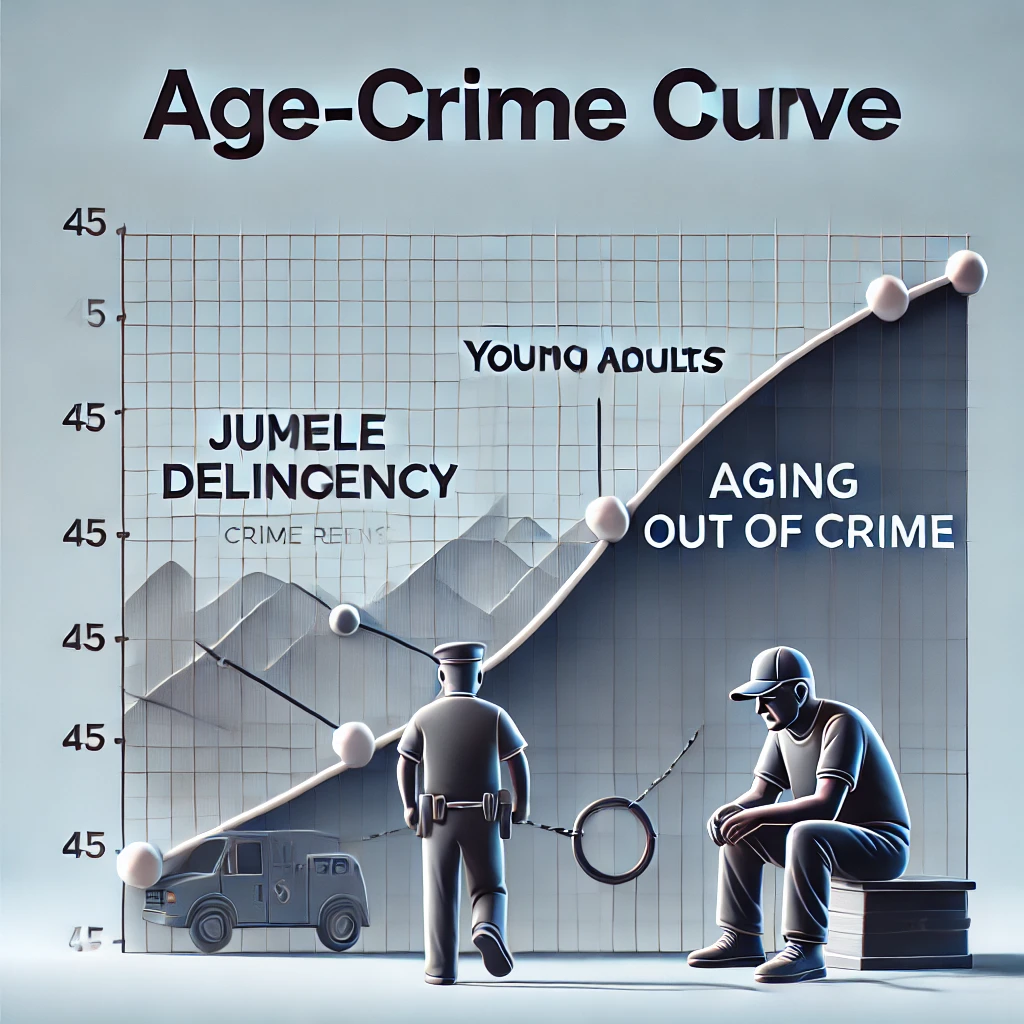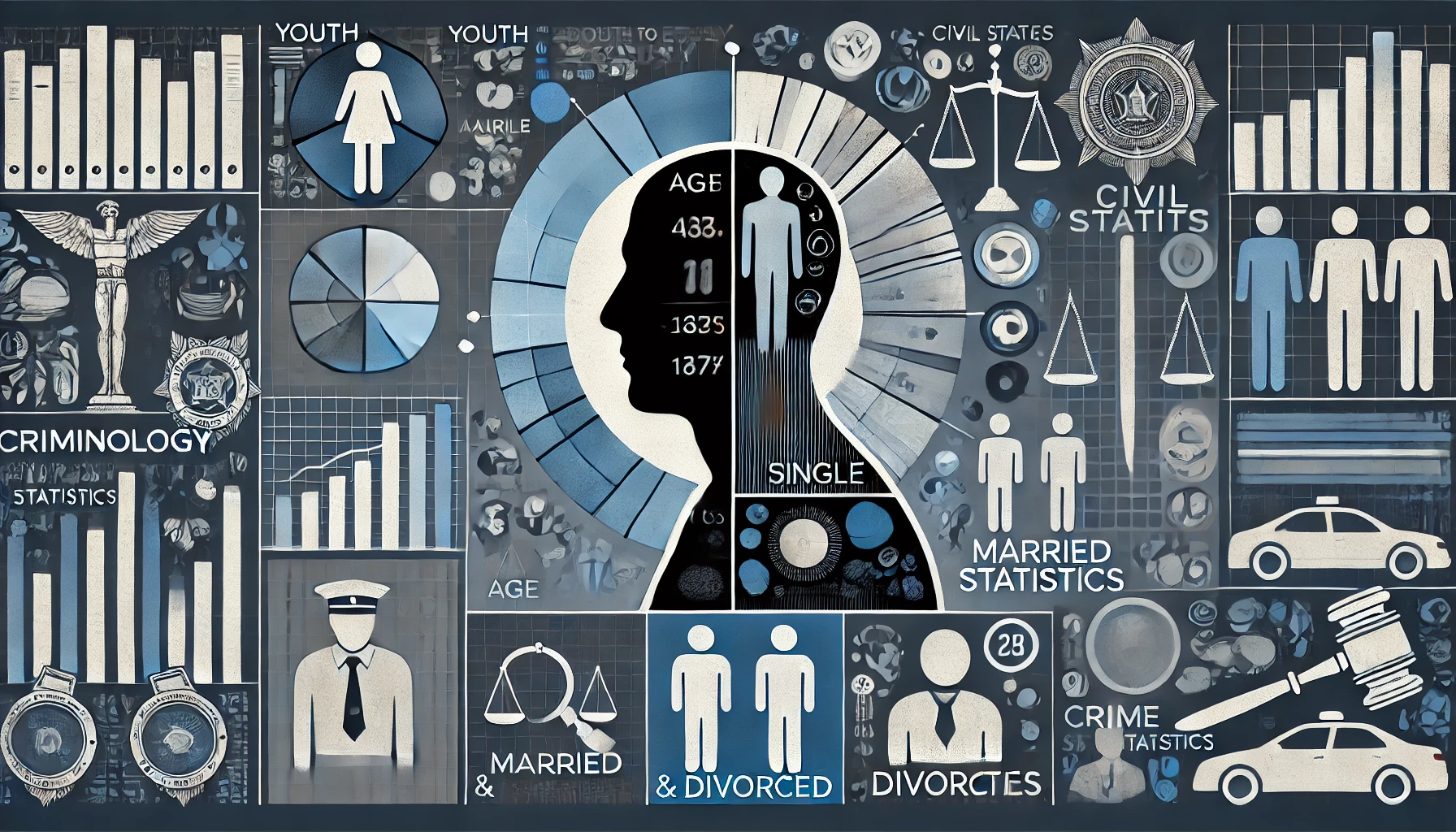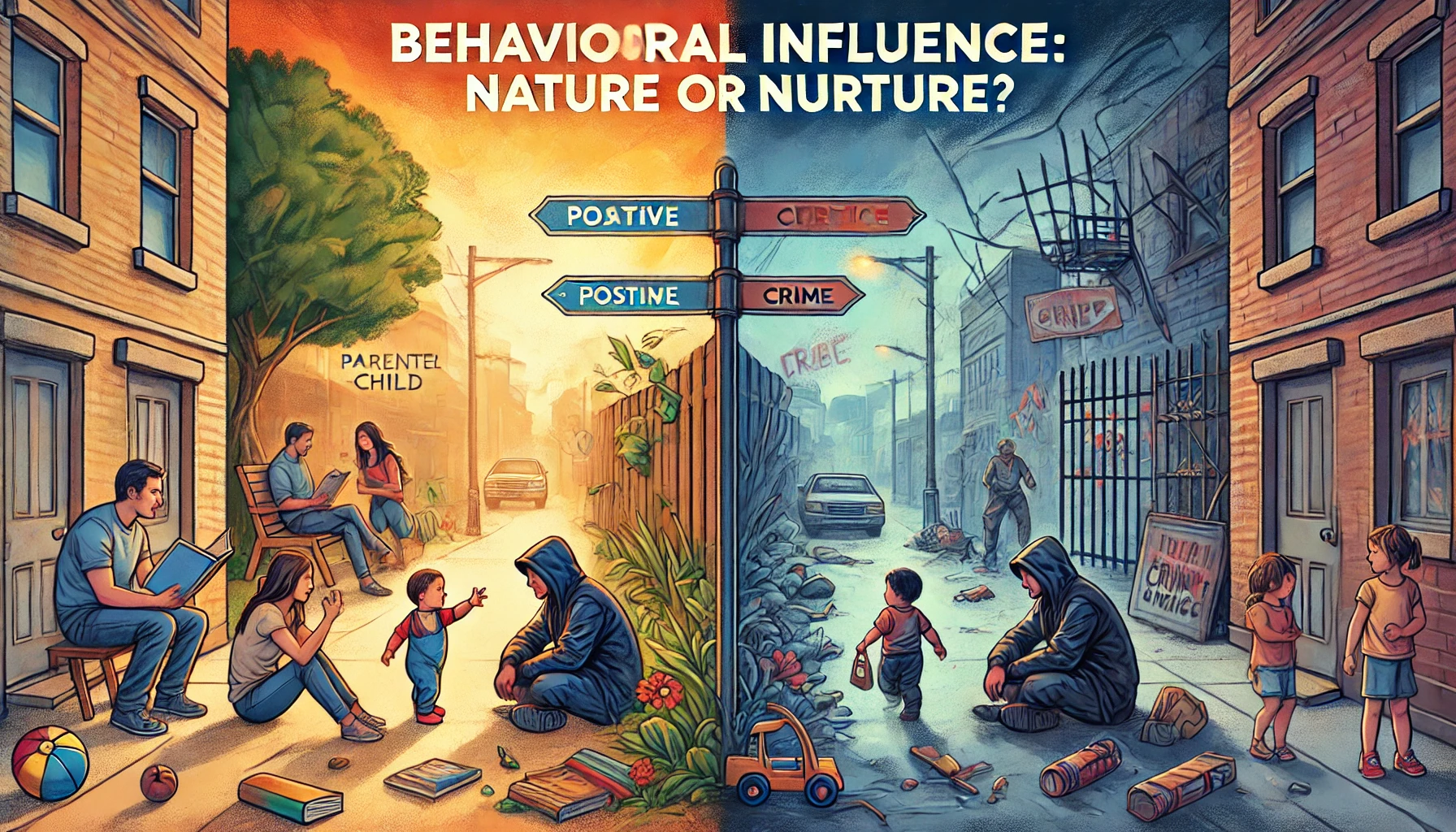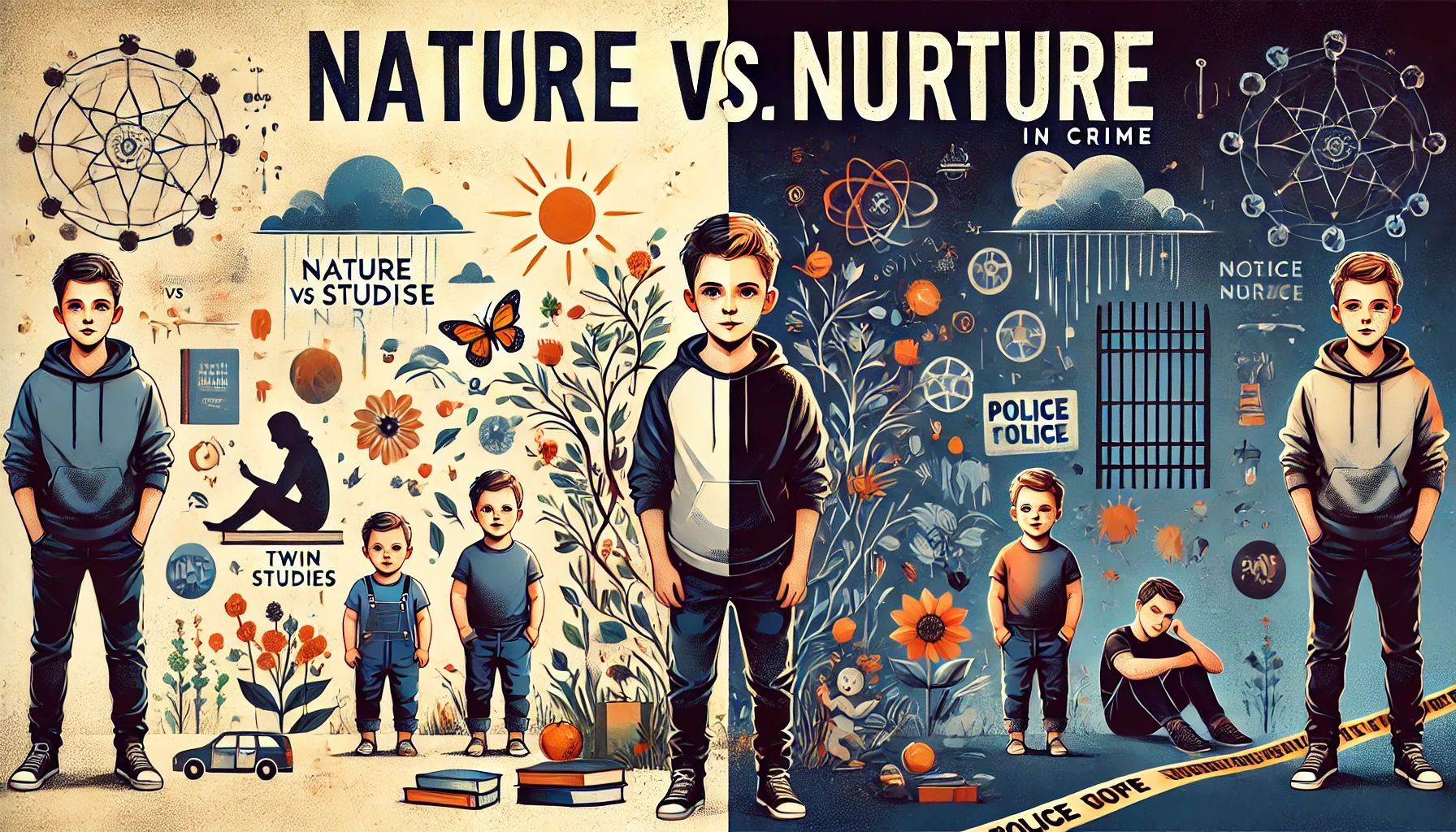Cesare Lombroso: The Father of Modern Criminology
Cesare Lombroso, often hailed as the “Father of Modern Criminology,” revolutionized the study of crime by introducing a scientific approach to understanding criminal behavior. Prior to Lombroso, criminology was largely influenced by moralistic and philosophical perspectives, with little emphasis on empirical evidence. Lombroso’s groundbreaking theories, particularly his concept of the “born criminal,” laid the foundation … Read more





